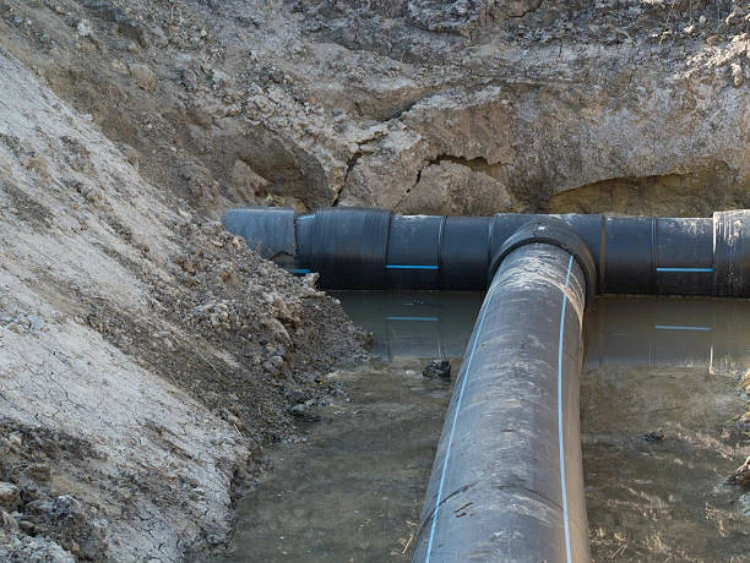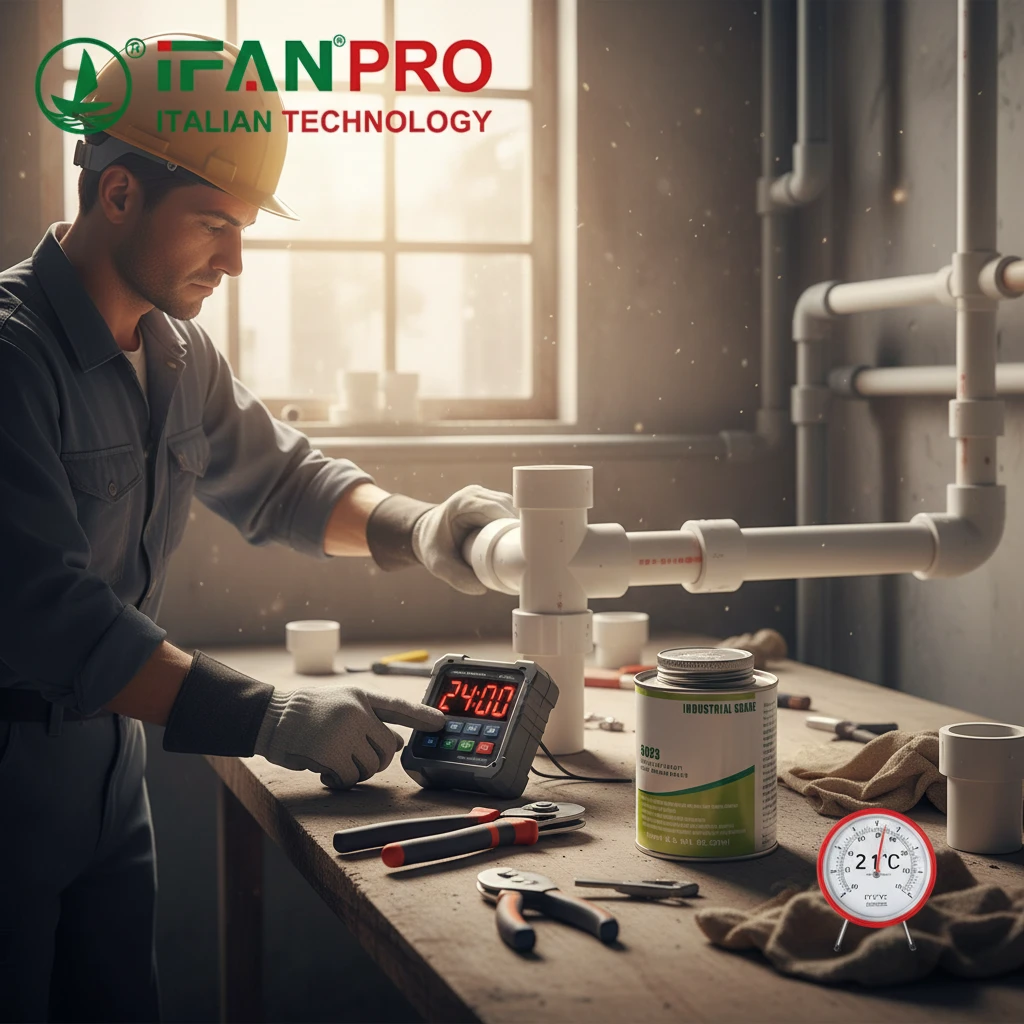Understanding the Differences: HDPE vs. PVC Pipes
Introduction to HDPE and PVC Plumbing
HDPE (High-Density Polyethylene) and PVC (Polyvinyl Chloride) are two common materials used in plumbing systems, each with its own set of characteristics and advantages. Understanding the differences between HDPE and PVC pipes is essential for selecting the most suitable material for plumbing applications.
Composition and Structure
HDPE pipes are composed of high-density polyethylene, a thermoplastic polymer known for its strength, durability, and chemical resistance. PVC pipes, on the other hand, are made from polyvinyl chloride, a synthetic plastic polymer. The composition of each material influences its physical properties and suitability for various plumbing applications.
Flexibility and Durability
One of the key differences between HDPE and PVC pipes is their flexibility and durability. HDPE pipes are highly flexible and resistant to cracking, making them ideal for installations in challenging terrain or areas prone to ground movement. PVC pipes, while durable, are more rigid and prone to cracking under stress, limiting their suitability for certain applications.
Corrosion Resistance
HDPE pipes offer superior corrosion resistance compared to PVC pipes. HDPE is inert to chemical and biological degradation, making it suitable for transporting a wide range of fluids without risk of corrosion or contamination. PVC pipes, although corrosion-resistant to some extent, may degrade over time when exposed to certain chemicals or environmental conditions.
Joint Integrity
HDPE pipes feature heat fusion welded joints that provide seamless connections and superior joint integrity. Heat fusion welding creates strong, leak-free bonds between HDPE pipes and fittings, eliminating the risk of leaks and ensuring long-term reliability. PVC pipes typically use solvent cement or threaded fittings, which may be prone to leaks and require additional maintenance over time.
Cost Considerations
In terms of cost, HDPE pipes may have a higher upfront cost compared to PVC pipes. However, the long-term savings associated with HDPE pipes, including lower maintenance costs and longer service life, often outweigh the initial investment. Additionally, HDPE pipes are recyclable and environmentally friendly, contributing to sustainable building practices.
Conclusión
The choice between HDPE and PVC pipes depends on various factors, including project requirements, budget constraints, and environmental considerations. While both materials offer advantages and disadvantages, HDPE pipes stand out for their flexibility, durability, corrosion resistance, and joint integrity. By weighing the differences between HDPE and PVC pipes, property owners and contractors can make informed decisions to ensure efficient, reliable, and sustainable plumbing systems.
IFAN es un fabricante chino de tuberías, accesorios y válvulas de plástico con 30 años de experiencia. Si está interesado en IFAN accesorios de cobre, válvulas de cobre, tuberías y accesorios de plástico, póngase en contacto con nosotros. IFAN le ofrece una variedad de tuberías estándar para satisfacer sus necesidades específicas. Haga clic a continuación para obtener más información sobre la amplia gama de productos de válvulas y productos relacionados con sistemas de tuberías asequibles y rentables de IFAN.
Responderemos a su correo electrónico o fax en 24 horas.
Puede llamarnos en cualquier momento si tiene alguna duda sobre nuestra producción.
Para más información, visite nuestra página web https://ifanpro.com/
Pls Mailto: [email protected]
Whatsapp: + 86 19857948982














Comentarios recientes